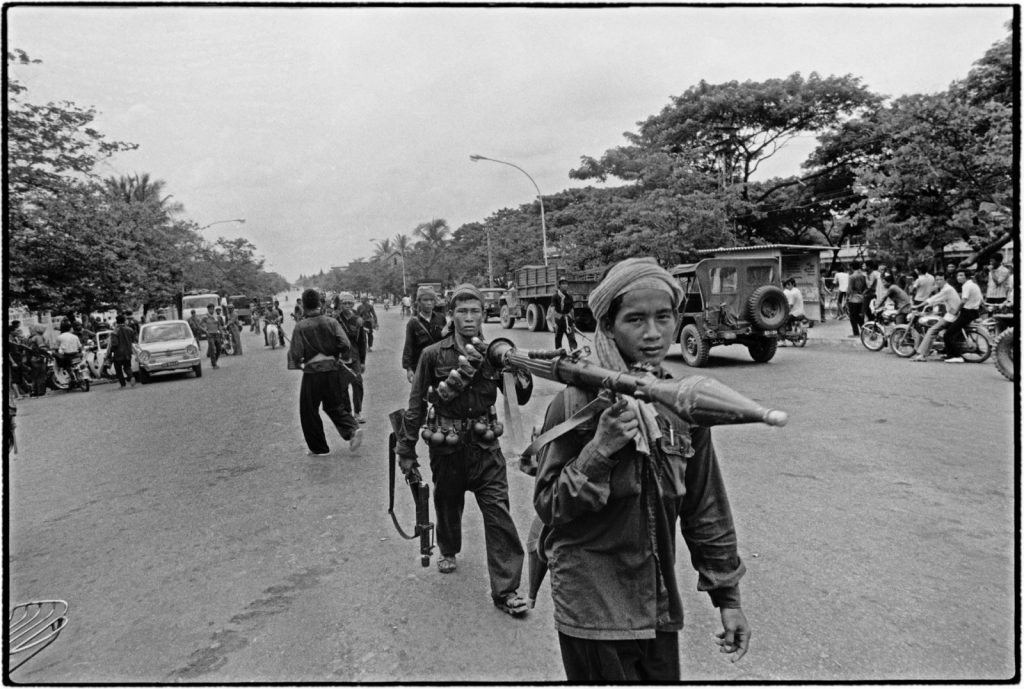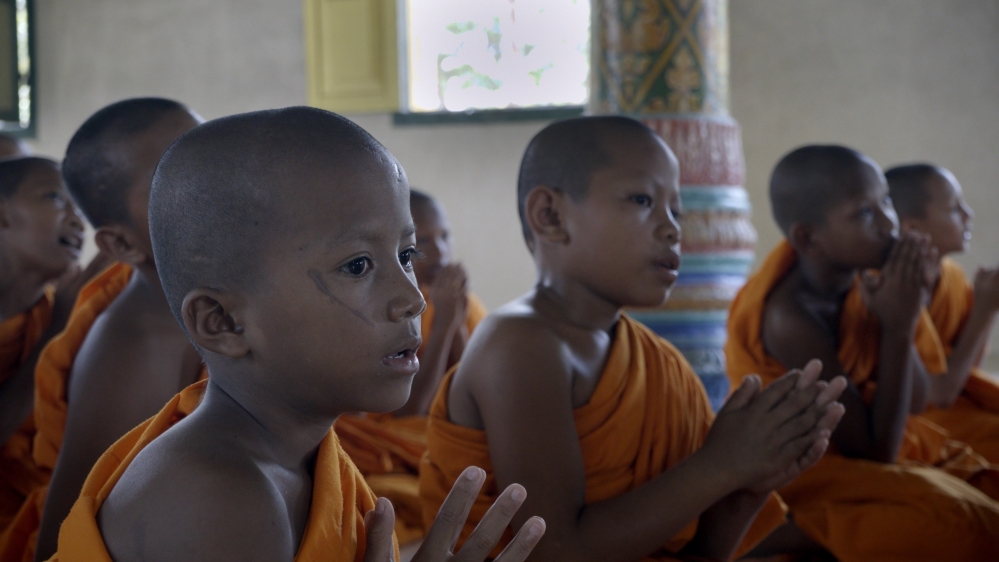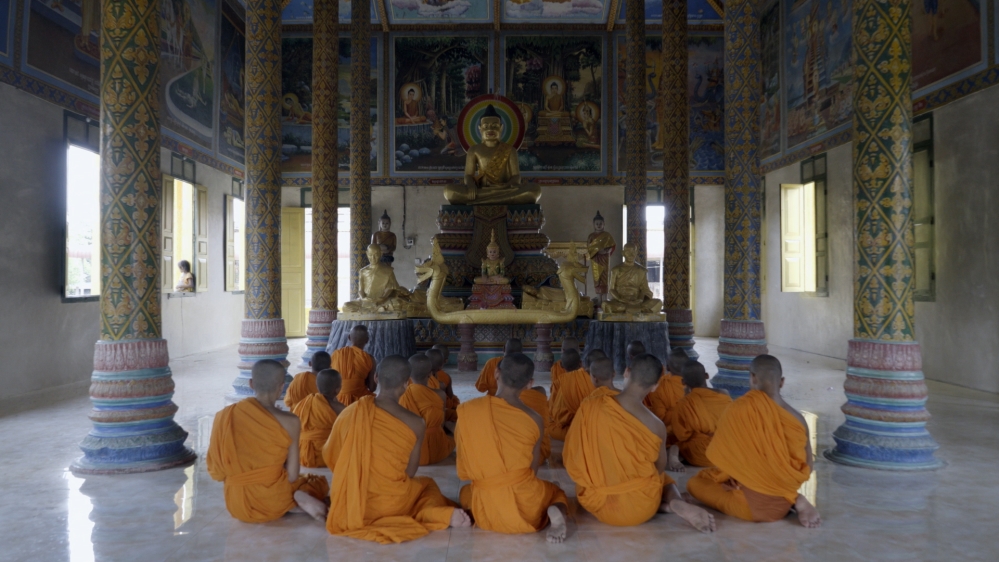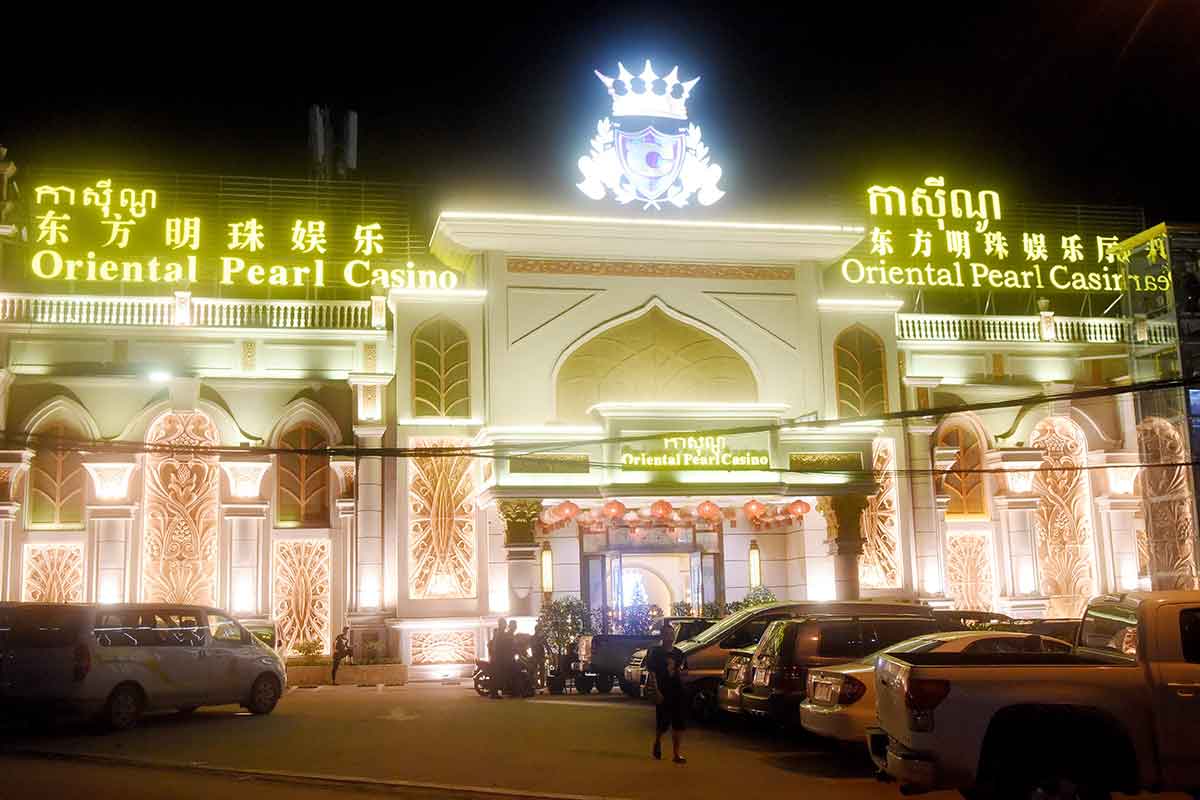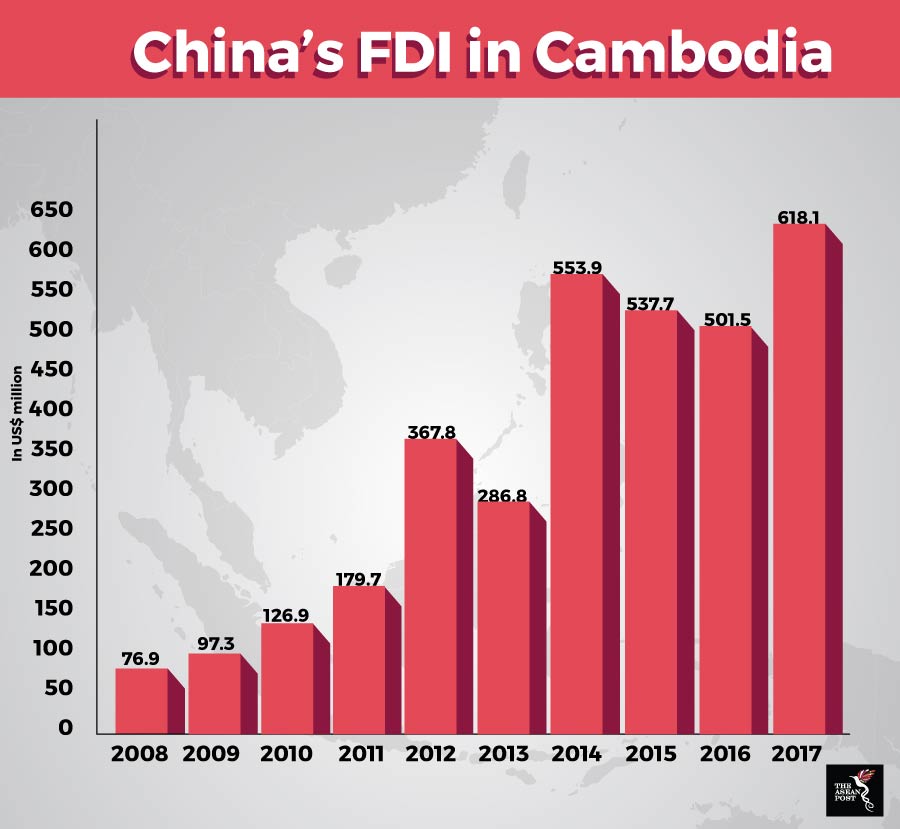Some overseas Indonesians may vote again after fraud claim
ក្នុងចំណោមប្រជាជនមានសិទ្ធិបោះឆ្នោតទាំង១៩០លាននាក់ ប្រជាជនឥណ្ឌូនេស៊ីនៅក្រៅប្រទេសដែលមានសិទ្ធិបោះឆ្នោតមានដល់៩លាននាក់នាក់ តែគណកម្មការជាតិបោះឆ្នោតបានបញ្ជាក់ថាមានតែ២លាននាក់ប៉ុណ្ណោះដែលបានចុះឈ្មោះបោះឆ្នោតពីក្រៅប្រទេស (Indonesians overseas voters)។ កត្តានេះធ្វើអោយមានការផ្ទុះតវ៉ាថាមានការលំអៀងដែលបណ្តាលអោយប្រជាជនឥណ្ឌូនេស៊ីចំណាកស្រុកដល់ទៅ៧លាននាក់បាត់បង់សិទ្ធិបោះឆ្នោតនៅពេលនេះ។
Op-Ed: Washington Post

Workers carry ballot boxes to be distributed to polling stations in Jakarta, Indonesia, Tuesday, April 16, 2019. Nearly 193 million Indonesians are eligible to vote in presidential and legislative elections on Wednesday. President Joko Widodo, the first Indonesian president from outside the Jakarta elite, is competing against Prabowo Subianto, a former special forces general from the era of authoritarian rule under military dictator Suharto. (Achmad Ibrahim/Associated Press) By Niniek Karmini | APApril 16
JAKARTA, Indonesia — Indonesia’s Election Supervision Agency said Tuesday about 320,000 overseas voters in neighboring Malaysia’s biggest city should vote again in presidential and legislative elections after finding evidence that postal ballots had been tampered with.
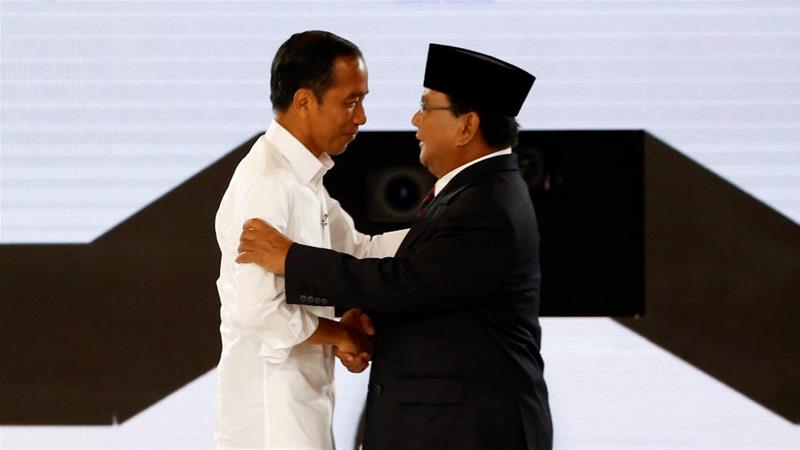
Indonesia’s presidential candidates Widodo (l) and Subianto are courting overseas voters [File: Willy Kurniawan/Reuters]
Election officials rushed to Malaysia last week to investigate claims of vote fraud after videos circulated online showed thousands of ballots for Wednesday’s elections scattered throughout a shophouse.
Opposition party representatives said the ballots for Indonesians living in Kuala Lumpur were marked in favor of President Joko Widodo, who is campaigning for re-election, and a legislative candidate who is the son of Indonesia’s ambassador to Malaysia.
The agency “found legal ballot papers that allegedly were marked by non-legitimate voters at two locations in Selangor, Malaysia,” said Rahmat Bagja, one of the agency’s commissioners.
He said that requirements for the elections to be free, fair and honest were violated and recommended that Indonesia’s Election Commission dismiss two members of the election organizing committee in Kuala Lumpur to avoid conflicts of interest.
One of them is Indonesia’s deputy ambassador to Malaysia, Krishna Hannan.
The Election Commission is responsible for organizing elections and the Election Supervision Agency is responsible for overseeing them.
About 193 million Indonesians are eligible to vote in the elections for president, the Senate and national, provincial and district legislatures.
Opinion polls show Widodo has a large lead over his challenger, former special forces general Prabowo Subianto, whose campaign has repeatedly alleged major irregularities with voter rolls.
Bagja said the overseas vote in Sydney should be reopened because many expatriate Indonesians in the Australian city were unable to cast ballots in time.
This story has been corrected to show that the organization is the Election Supervision Agency, not Election Commission.
Copyright 2019 The Associated Press. All rights reserved. This material may not be published, broadcast, rewritten or redistributed.
==========
Overseas Indonesians vote for country’s next president
Op-Ed: Aljazeera
There are almost nine million Indonesians living abroad, a key constituency for the contenders Widodo and Subianto by Nithin Coca 8 Apr 2019
Continue reading
